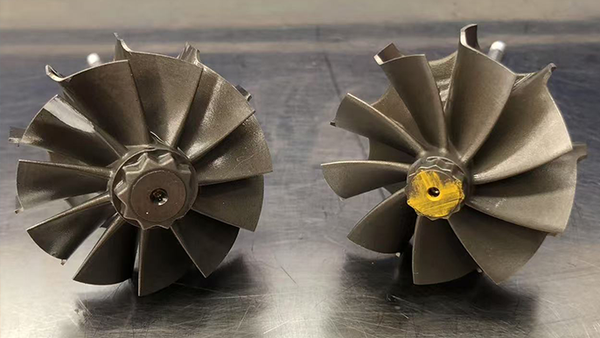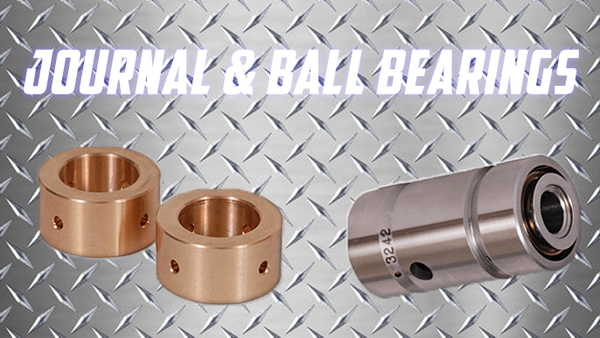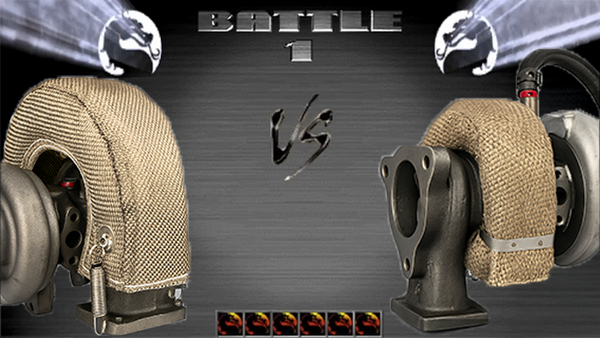So what is overheating?
"Overheating" occurs when a system or component operates at temperatures exceeding safe or normal levels. This issue can arise due to excessive heat production, insufficient cooling, or a combination of both factors.
Common Causes:
Engine Hot Shutdowns: Shutting down an engine while it is still hot can lead to excessive heat buildup in critical components like the turbocharger or exhaust system. Over time, this heat can cause damage and lead to premature failure.
DPF Issues: Problems with the Diesel Particulate Filter (DPF), such as improper regeneration, can increase exhaust gas pressure and temperatures, leading to overheating on the turbine side of the turbocharger. A clogged or malfunctioning DPF can result in higher exhaust backpressure, reduced engine performance, increased fuel consumption, and potential turbocharger damage.
Engine Modifications: Alterations such as remapping, chipping, or over-fueling can strain the turbocharger and engine components, increasing the risk of overheating and other performance issues.
Signs of overheating:
Visible discoloration at the turbine wheel's hot end, extending along the journal bearing area.
Heat transfer ("heat soak") from the turbine side to the compressor side, leading to discoloration of the turbine shaft and bearing housing.
Discoloration of internal components, such as the thrust washer and flinger, sometimes without noticeable wear.
Loss of tension or collapse of the turbine-end piston ring.
Carbon buildup in oil feed lines and the piston ring area.
Excessive or abnormal wear on the turbine-end piston ring and its groove.
Uniform downward curvature of turbine blades, indicating overheating damage.
Fracturing or partial loss of small sections or edges of the turbine blades.

How to prevent overheating:
Inspect the DPF to ensure it is functioning properly and not clogged, as blockages can create exhaust backpressure that adversely affects turbocharger performance.
Verify the cooling lines are intact and free from leaks to maintain optimal cooling efficiency.
Allow the turbocharger to cool down after extended drives or demanding driving conditions to prevent overheating and potential damage.
Pro Mechanic Tip:
Overheating can frequently result in insufficient lubrication, caused by excessive heat at the turbine end or the carbonization of oil within the oil feed lines.




